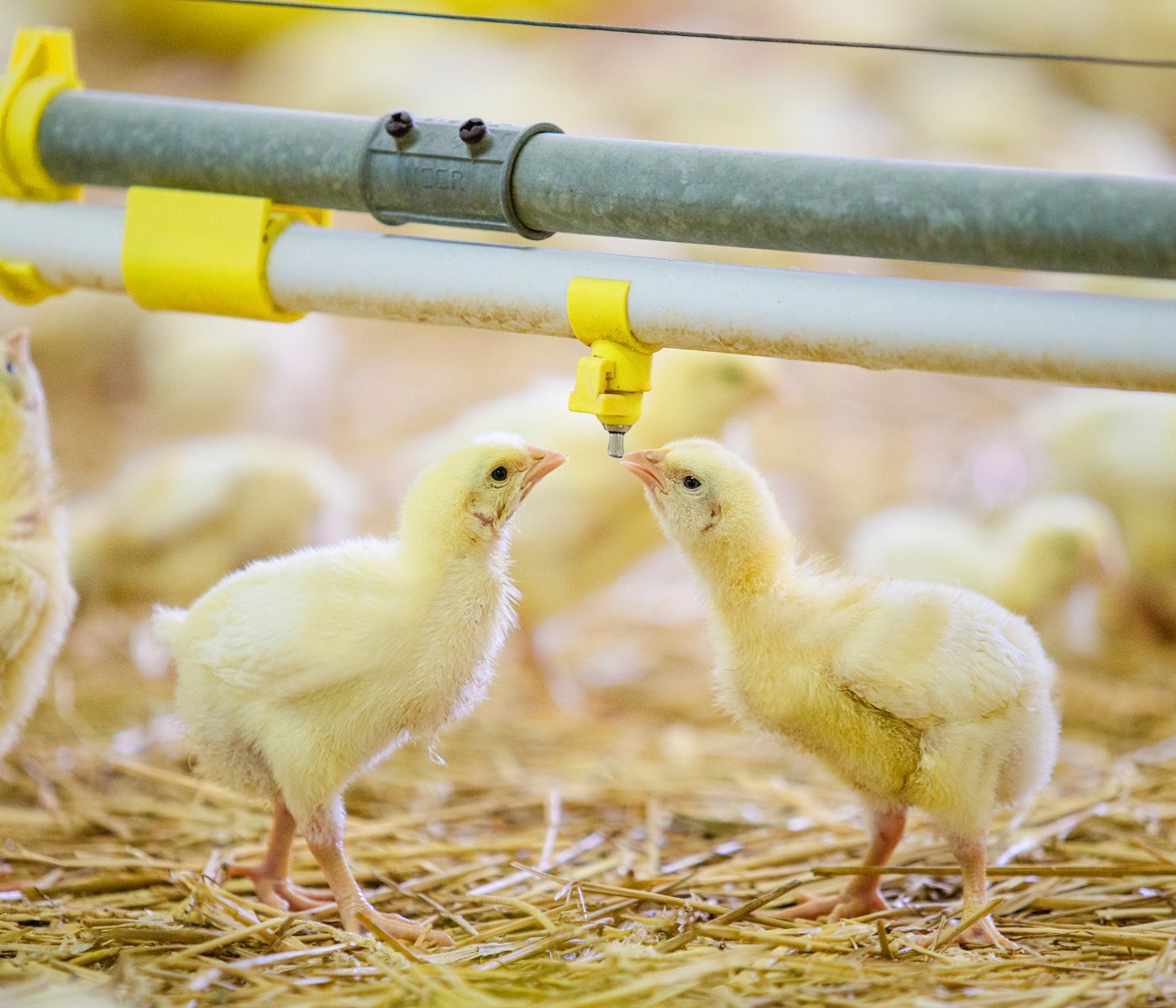 30 Apr 2025
30 Apr 2025
As the global poultry industry intensifies, biosecurity and water quality remain foundational pillars for flock health and productivity. Among the latest tools gaining attention for water sanitation is hypochlorous acid (HOCl)—a powerful yet remarkably safe disinfectant with applications across multiple sectors. Recent developments, including regulatory approval in the EU, have underscored HOCl’s value in livestock operations, especially where continuous disinfection of drinking water is critical.
In this context, HOCl offers a unique combination of efficacy, safety, and environmental friendliness, positioning it as a superior alternative to conventional sanitizers like chlorine dioxide or sodium hypochlorite.
Hypochlorous acid (HOCl) is a weak acid formed when chlorine dissolves in water and partially dissociates. More importantly, HOCl is also produced naturally by the immune system, specifically by neutrophils and macrophages during the oxidative burst—a frontline defense mechanism against pathogens. Because of this biological familiarity, HOCl is non-toxic to animal and human tissues, while still being lethal to a broad range of microorganisms.
Its oxidative-reduction potential (ORP)—often exceeding 1000 mV—makes it especially potent in disrupting microbial structures such as cell membranes, viral envelopes, and fungal spores. These features make it suitable not only for use in drinking systems, but also for surface disinfection, egg sanitation, and even wound care.
One of the most important advancements in HOCl technology is the ability to generate it on-site and on demand. This is done through the electrolysis of a saline solution (NaCl and water) using specialized equipment. The process results in a stable solution containing free available chlorine in the form of HOCl, with a neutral to slightly acidic pH (ideally between 5.5 and 7.0) that enhances its microbicidal activity.
This in situ generation method eliminates the need to transport or store hazardous chemicals and ensures a fresh, active product that retains high disinfectant capacity throughout its use in the water line.
In 2021, the European Commission approved active chlorine released from HOCl for use in biocidal products across five categories (PT1–PT5), which include products for human hygiene, surface disinfection, and animal drinking water. Most notably for poultry producers, PT5 approval confirms its safety and efficacy for continuous disinfection of water consumed by animals.
In addition, HOCl is classified as non-hazardous under EU chemical safety legislation (CLP Regulation), unlike other widely used oxidizers. It is also non-corrosive, non-toxic, non-irritant, and fully biodegradable, breaking down into salt and water without generating harmful residues like chlorates or trihalomethanes (THMs).
This makes HOCl ideal for use on farms following organic, antibiotic-free, or low-impact environmental protocols.
Compared to conventional disinfectants like sodium hypochlorite (bleach) or chlorine dioxide, HOCl has several key advantages:
Up to 90x more effective than bleach in microbial inactivation
Effective at lower concentrations, reducing chemical exposure
Safe for humans and animals, including mucosal contact
Non-corrosive, making it gentle on water system infrastructure
Leaves no toxic residues, reducing environmental impact
Importantly, HOCl retains efficacy even in the presence of organic matter, which often inhibits the performance of other disinfectants. This makes it particularly useful in poultry environments where water lines and drinkers are susceptible to biofilm buildup and organic contamination.
HOCl acts by irreversibly oxidizing microbial cell membranes and intracellular structures. For bacteria, this causes leakage of intracellular contents and rapid death. For viruses, HOCl disrupts the lipid envelope and denatures capsid proteins, neutralizing infectivity. Fungal pathogens and spores are also inactivated through oxidative stress mechanisms.
Moreover, HOCl neutralizes endotoxins and inhibits inflammatory mediators, contributing to improved gut health and reduced stress in the animal. It has been shown to have anti-inflammatory properties when applied in certain contexts, a promising benefit for animal welfare.
Maintaining water quality in poultry houses is a persistent challenge. Biofilms, mineral scaling, and microbial contamination can compromise bird performance and lead to increased disease susceptibility. HOCl offers a solution by:
Removing and preventing biofilms inside water lines
Maintaining ORP levels above 650 mV throughout the line—key for continuous disinfection
Improving water palatability by eliminating off-odors and tastes
Avoiding corrosion or clogging of equipment
Producers using HOCl report better flock performance indicators, such as lower mortality, improved feed conversion ratios (FCR), and reduced medication use.
Its ability to maintain disinfecting potential consistently along the entire water system sets it apart from products that degrade before reaching the end of the line.
In an era of increasing attention to sustainability, HOCl stands out as a green disinfectant:
It breaks down naturally into water and salt
It does not accumulate in the environment
It reduces the need for packaging, transport, and storage of harsh chemicals
It is safe for wastewater systems, aligning with circular economy goals
Farms focused on organic production, low-carbon practices, or closed-loop systems find HOCl especially appealing for meeting regulatory and ethical standards.
Hypochlorous acid is rapidly gaining ground as one of the most versatile, safe, and effective biocides available for modern poultry operations. Backed by scientific evidence, field validation, and regulatory approval, HOCl offers a reliable solution for maintaining drinking water hygiene, improving flock health, and reducing environmental impact.
Its ability to be generated on-site, used safely in continuous administration, and applied without disrupting flock behavior makes HOCl an ideal tool for 21st-century poultry biosecurity.
For producers seeking a disinfectant that is powerful yet gentle, effective yet sustainable, hypochlorous acid offers a science-backed answer to today’s biosecurity and water quality demands.
Subscribe now to the technical magazine of animal nutrition
AUTHORS
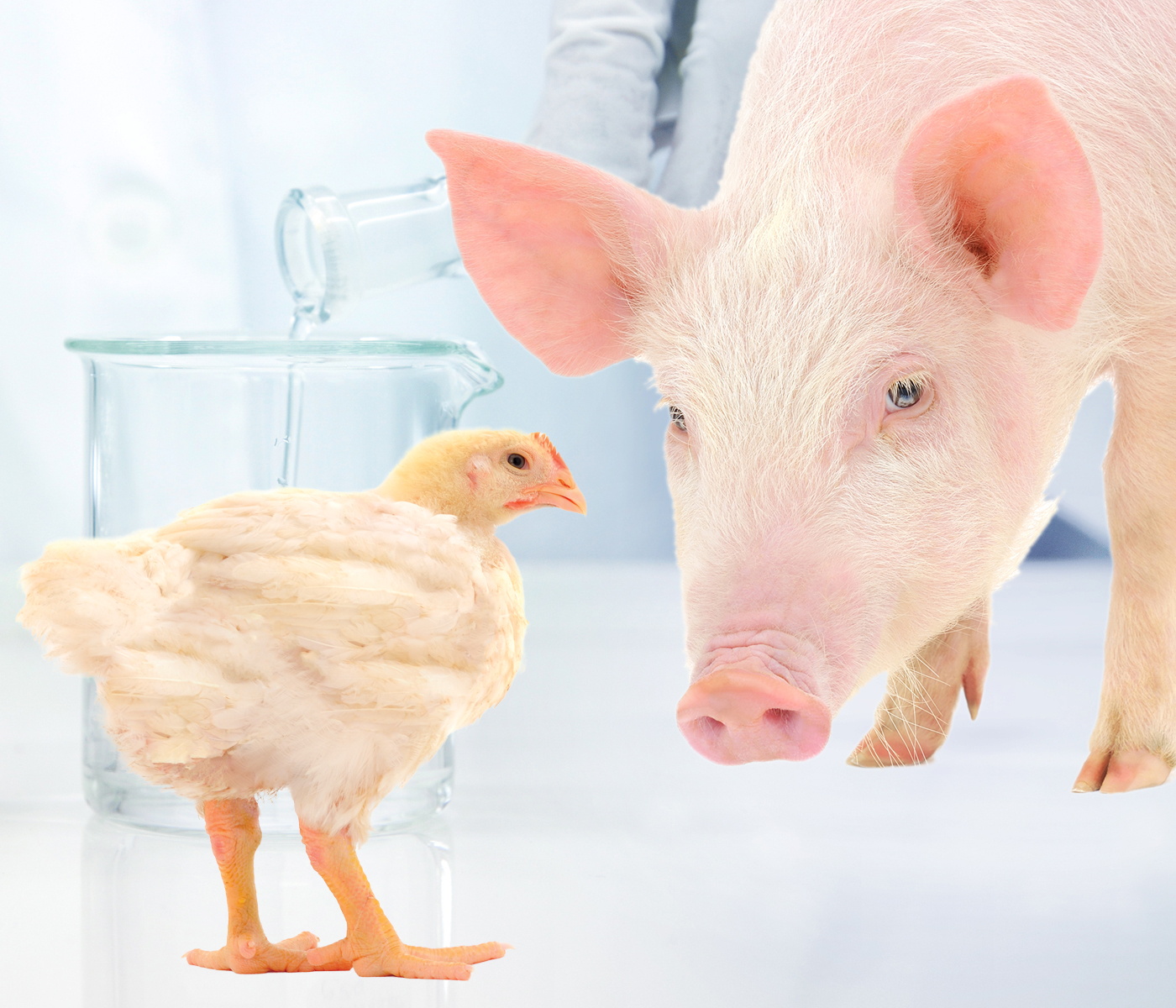
Still using Choline Chloride in animal nutrition?
Maria Alejandra Perez Alvarado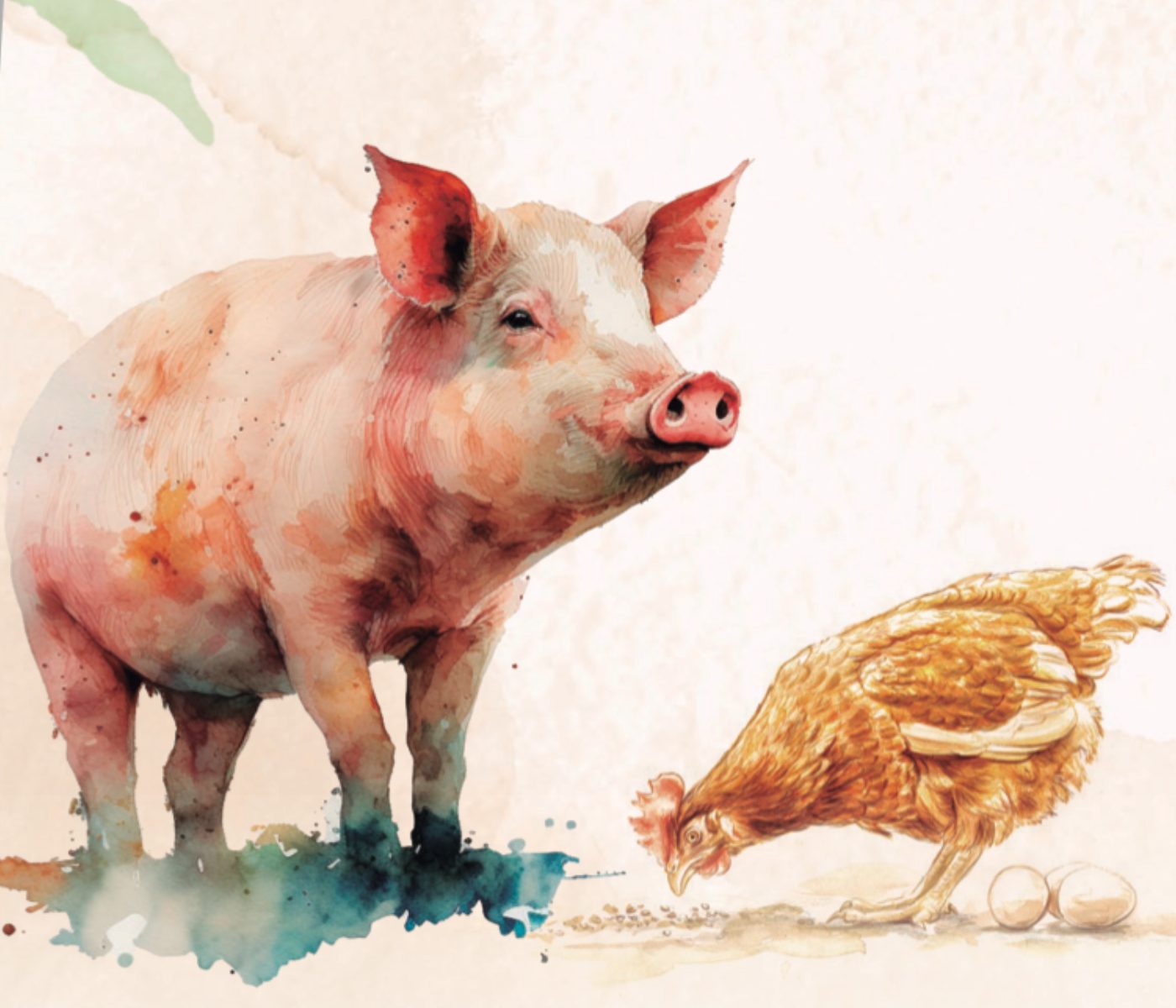
Unlocking the Potential of Sorghum in Poultry and Swine Nutrition
Vivian Izabel Vieira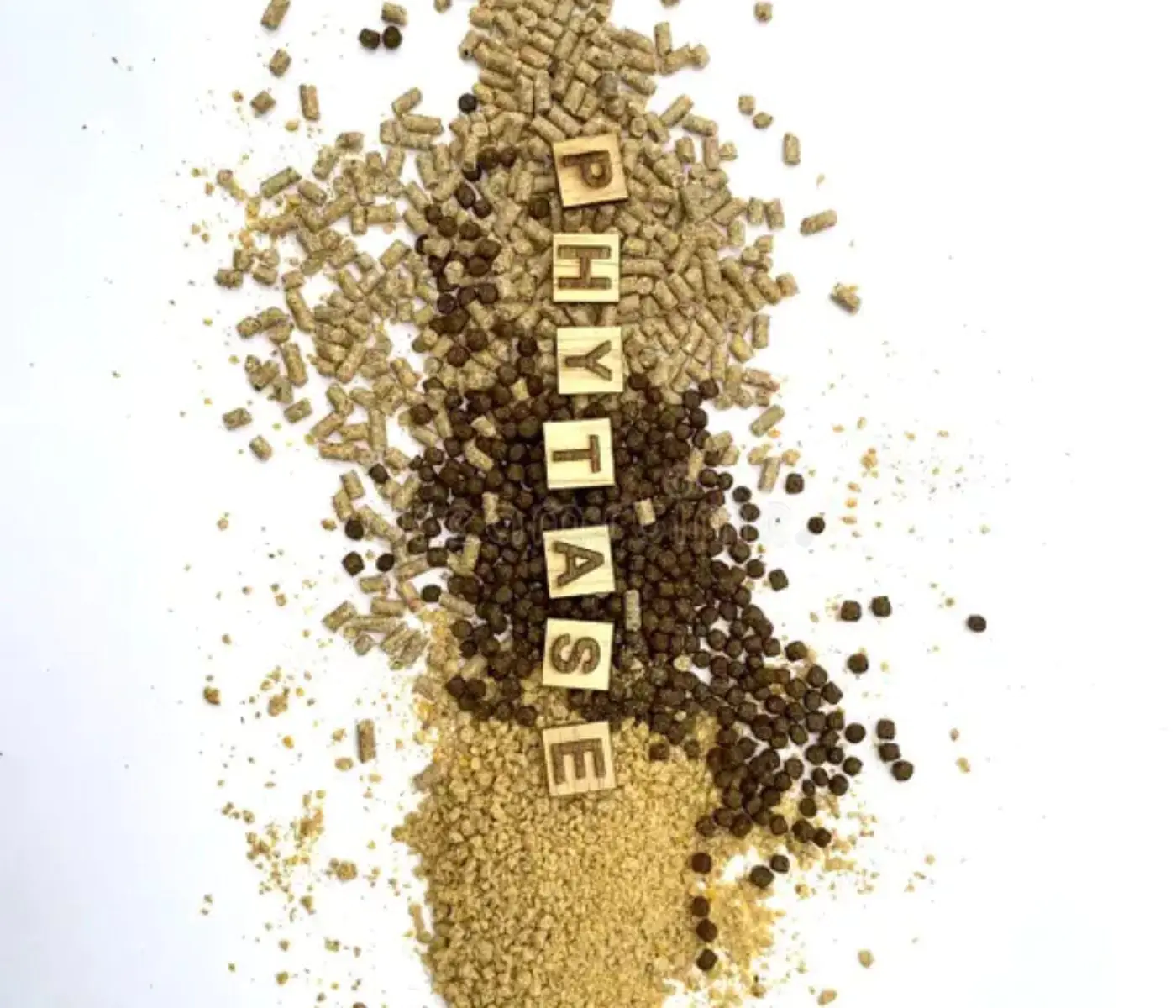
The Secrets Behind a Phytase
Juan Gabriel Espino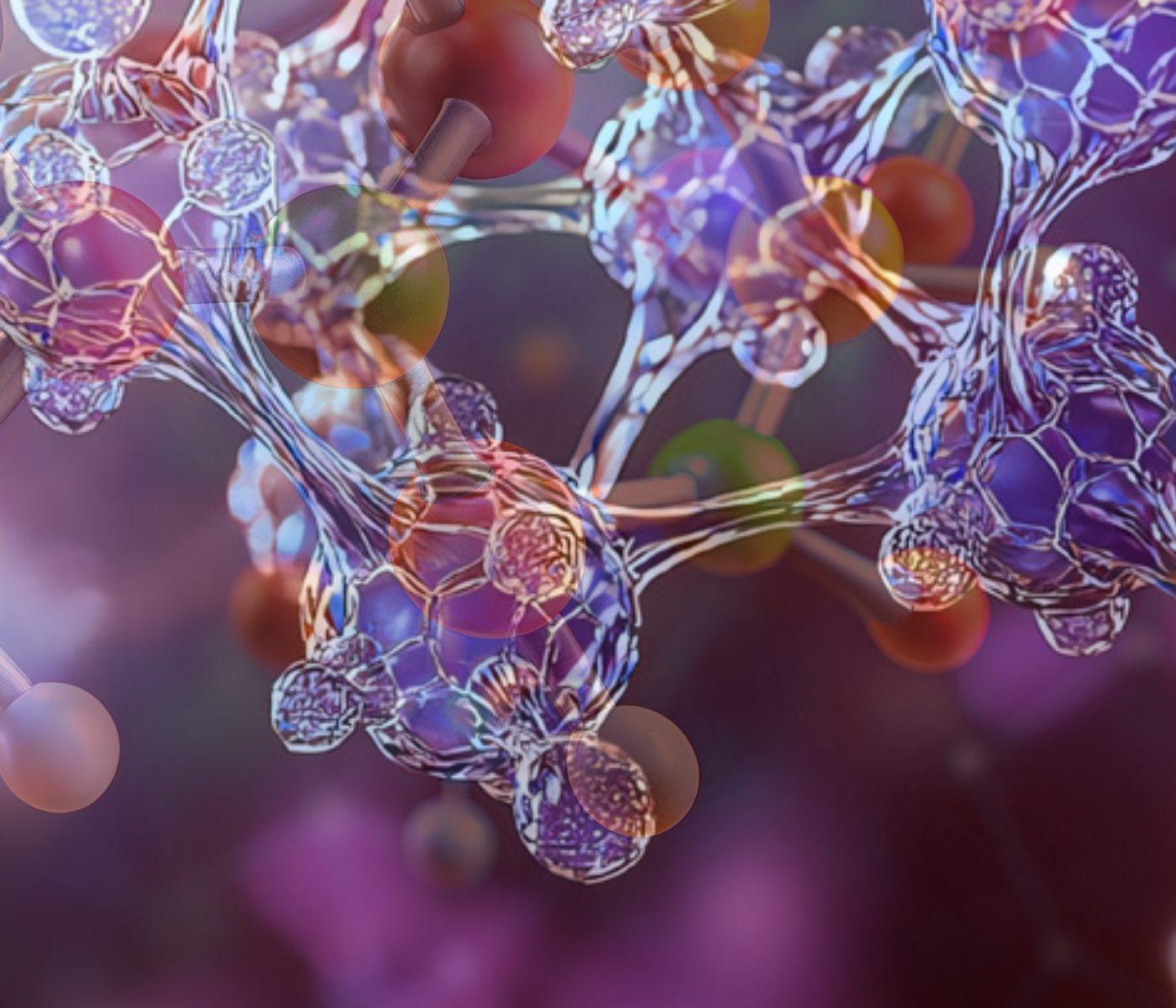
Nutrient and energy content of synthetic and crystalline amino acids
Edgar Oviedo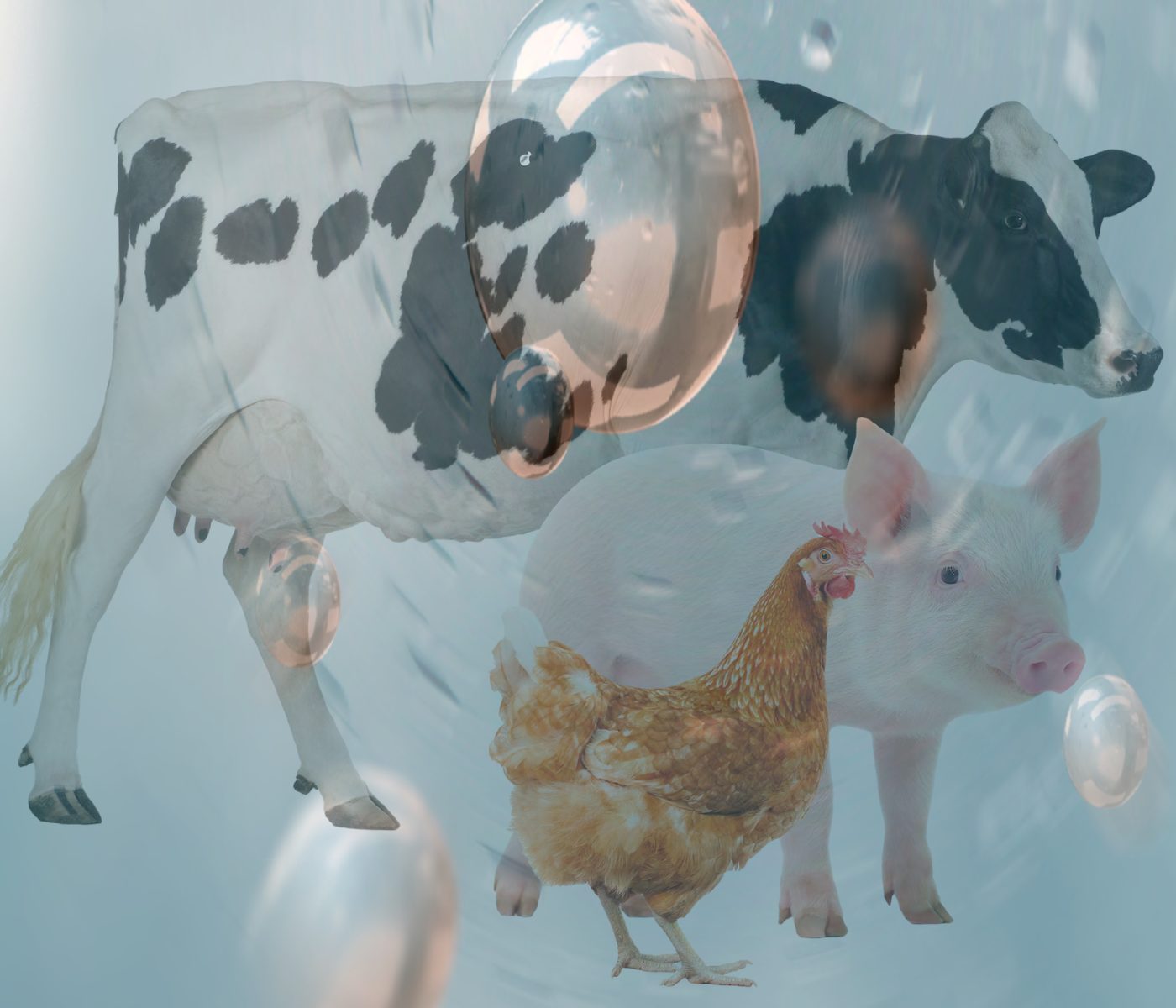
Micro Minerals, Macro Impact: Enhancing Poultry, Swine, and Cattle Nutrition
Gustavo Adolfo Quintana-Ospina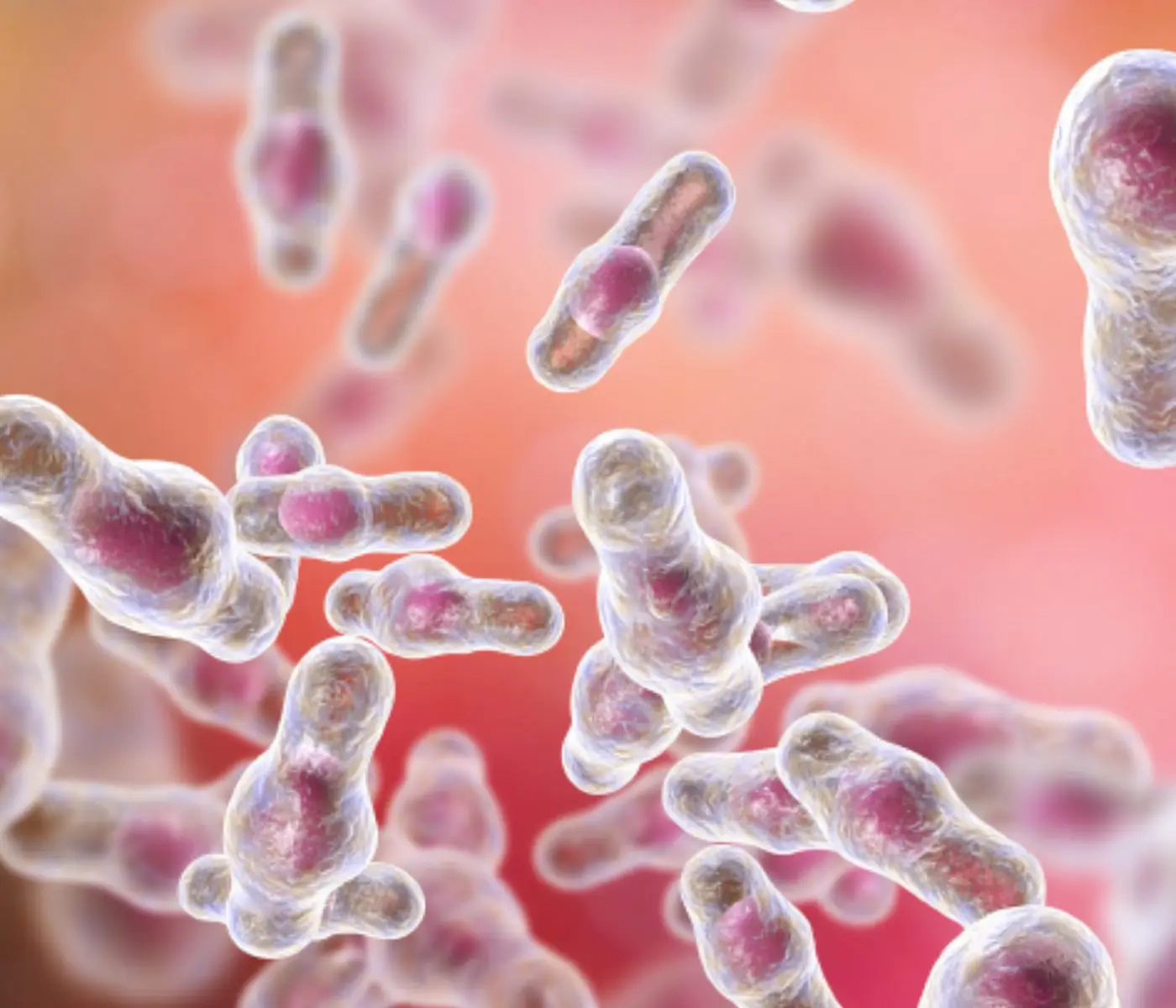
Smart Nutrition: Targeted Strategies to Combat Necrotic Enteritis in Broilers
M. Naeem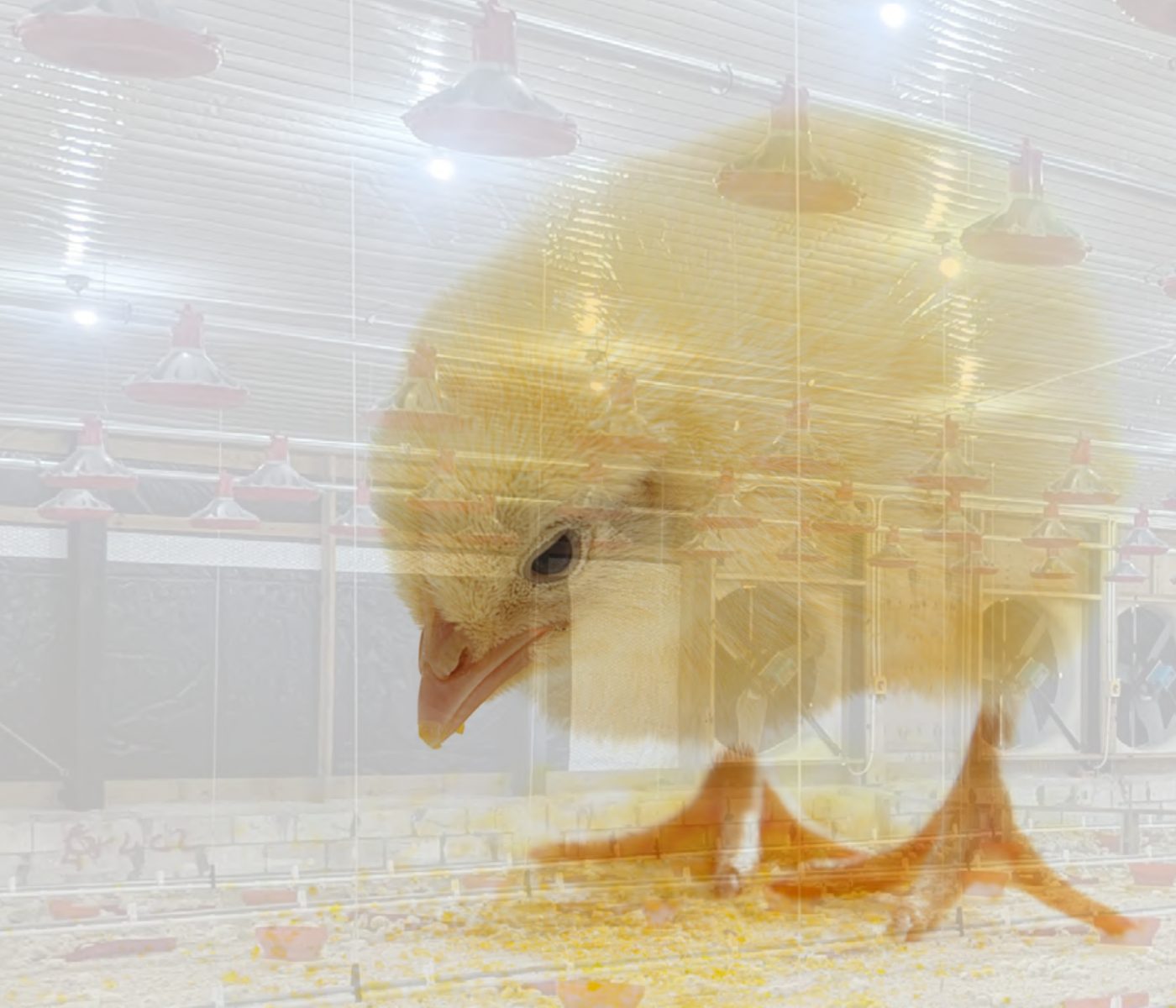
Navigating Poultry Nutrition in a Tropical Environment
Tanika O'Connor-Dennie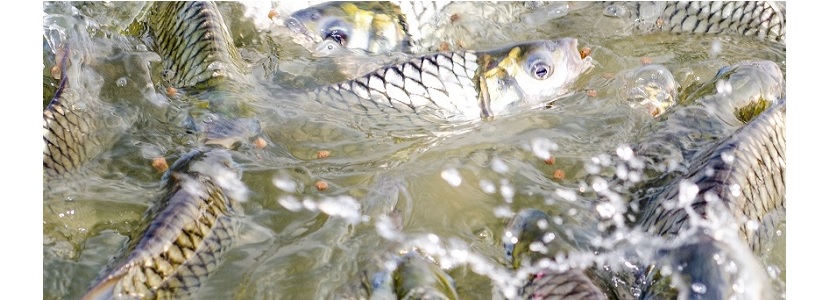
Protein in Aquafeeds: Balancing Requirements, Sources, and Efficiency
Jairo Gonzalez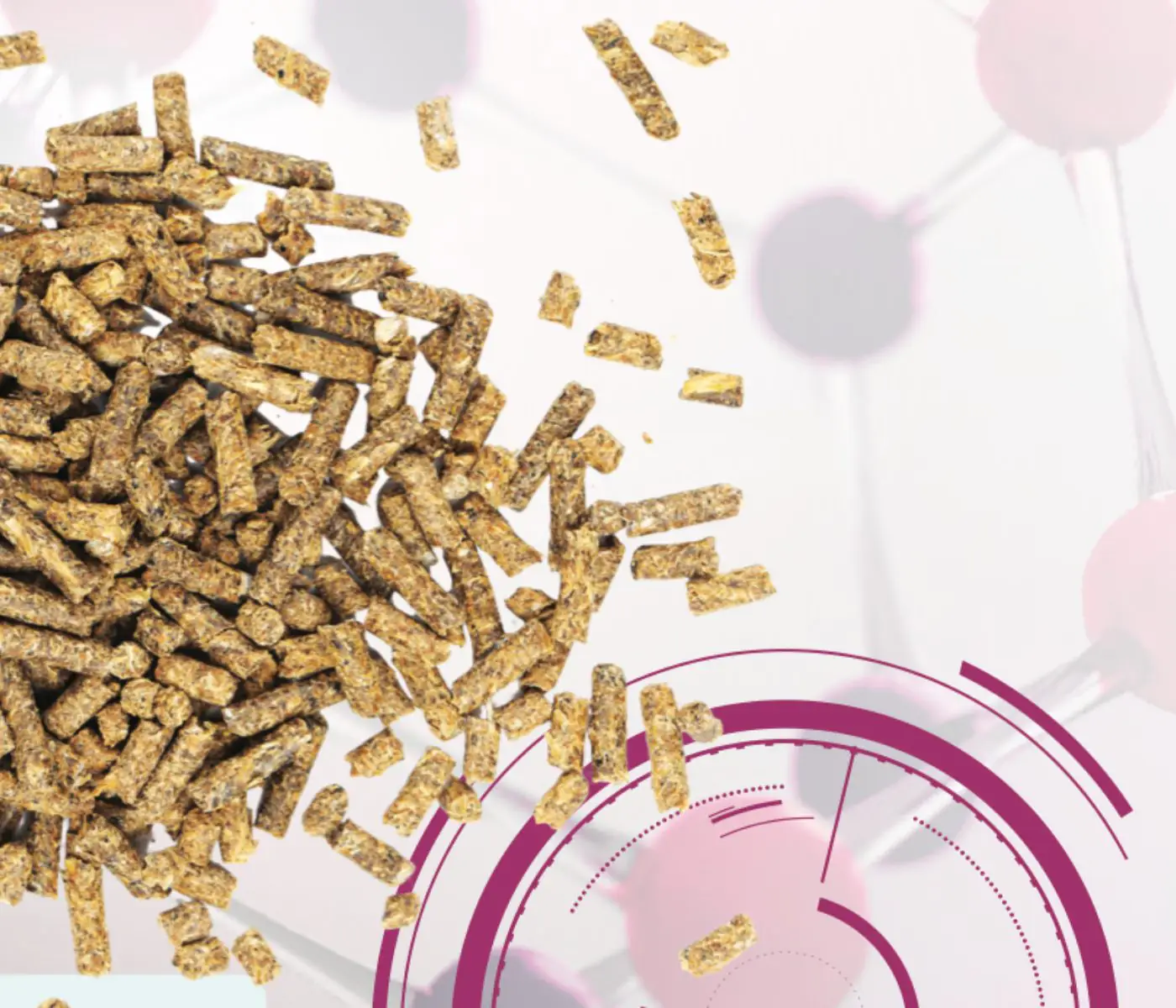
Use of oxidized fats in pigs: risks and considerations
Maria Alejandra Perez Alvarado